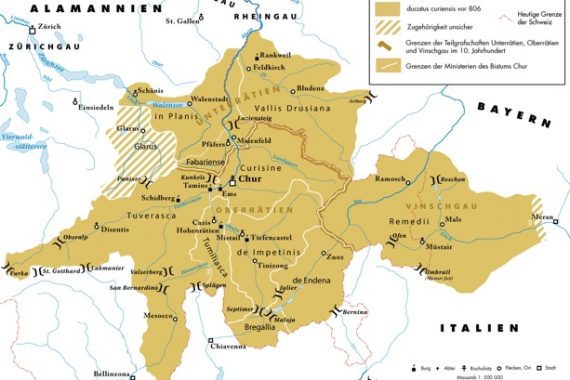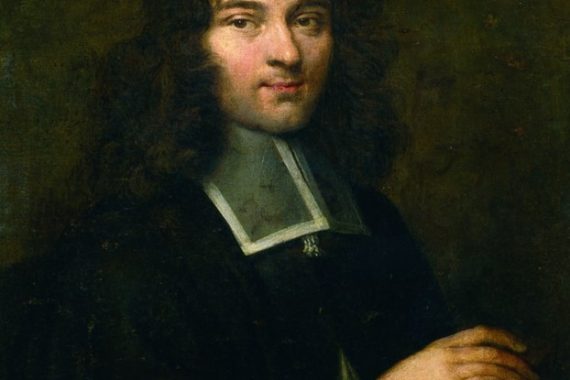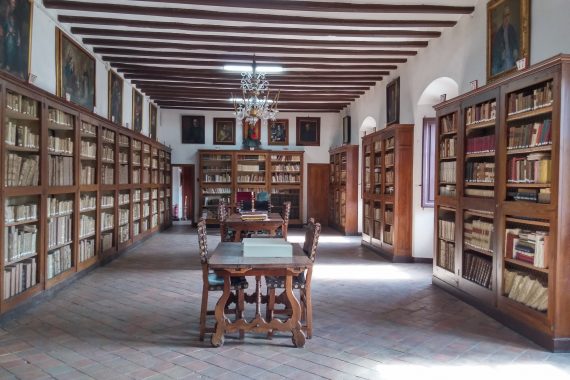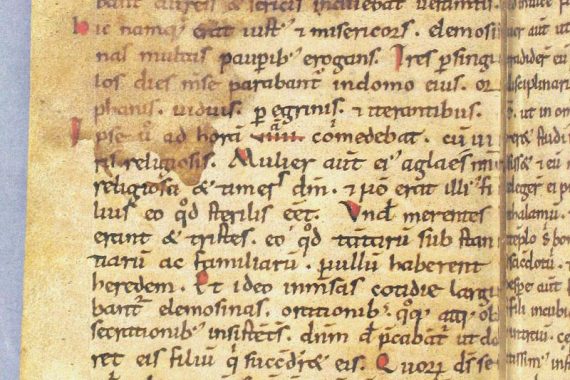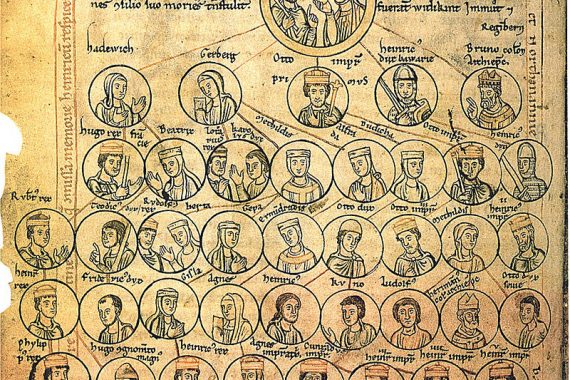A Memory in Between: Using or Not Using the Carolingian Past in 10th-Century Nonantola Abbey
From its Lombard origins, the Abbey of Nonantola was a political powerhouse in the Kingdom of Italy. Its foundation in 752 profoundly shaped that sector of eastern Emilia located between the Apennines and the River Po. King Aistulf granted Anselm extensive stretches of public land. Under Charlemagne, the abbey become the one place that best…



